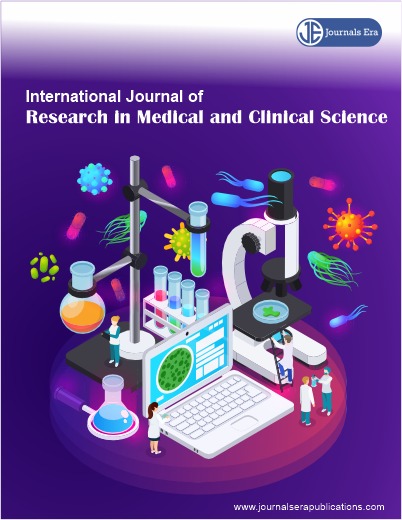Blast Transformation of Chronic Myeloid Leukemia Caused by Genetic Alterations, Epigenetic Dysfunctions and Aberrantly Regulated Factors in Bone Marrow Microenvironment
Review article
DOI:
https://doi.org/10.70829//ijrmcs.v03.i01.001Keywords:
CML, Blast Crisis, Genetic Alterations, Epigenetic Dysfucntion, Differentiation ArrestAbstract
Chronic myeloid leukemia (CML), a refractory leukemia stem cell (LSC) disease, is characterized by the Philadelphia chromosome (Ph) t(9;22)(q34;q11.2) that generates the gene fusion between BCR and ABL1 genes. The BCR::ABL1 fusion gene products have a constitutively activated tyrosine kinase that causes leukemogenesis of CML. Tyrosine kinase inhibitors (TKIs) are effective in chronic phase of CML (CML-CP) but ineffective in blast phase of CML (CML-BC). The mechanisms of blast crisis (BC) in CML are highly complicated. This review aims to depict several mechanisms of BC induction in CML-BP. Blast transformation is caused by various mechanisms such as genetic alterations (IKZF1, TP53, INK4-ARF and Rb), epigenetic dysfunctions (aberrant methylation of CEBPα and PU.1, and underexpression of histone demethylase RBP2), suppression of differentiation-mediated transcription factors (CEBPα, CEBPβ, PU.1 and UBE2a), abnormal splicing (IKZF1 and GSK3β) and aberrantly regulated HIF-1α in bone marrow microenvironment. To develop novel therapies against blast cells in CML-BP based on the mechanisms of blast transformation, further studies are required.
Downloads
Published
Issue
Section
License

This work is licensed under a Creative Commons Attribution-NonCommercial 4.0 International License.




